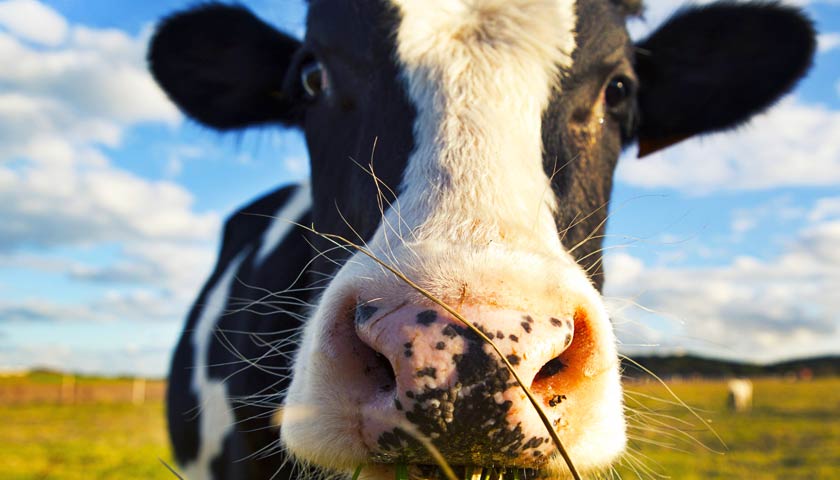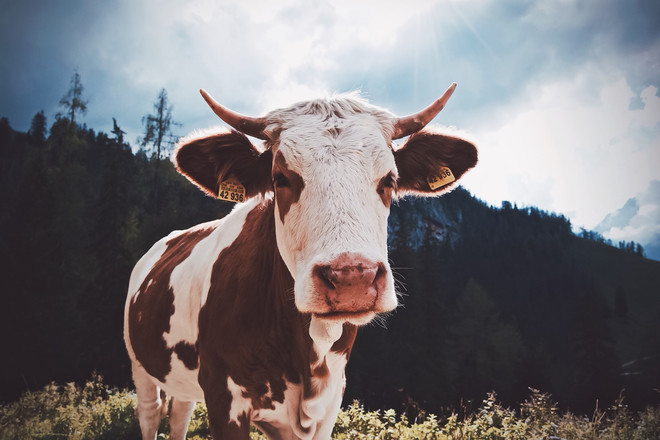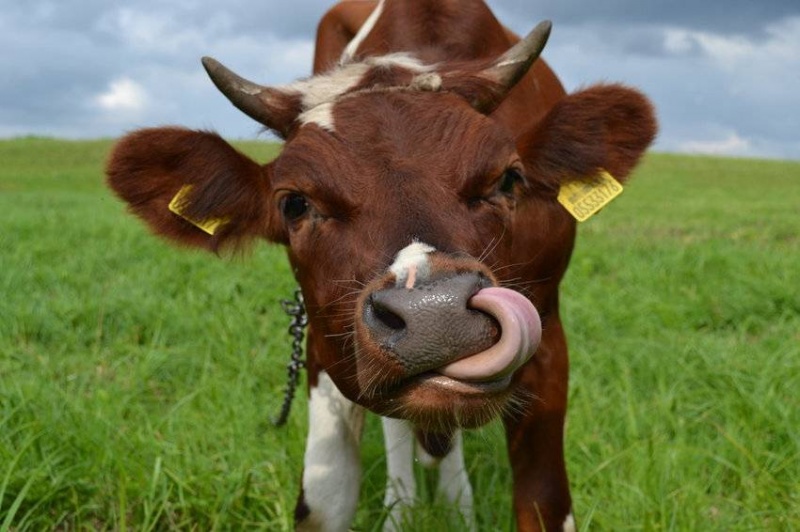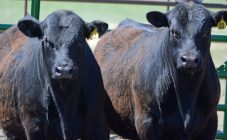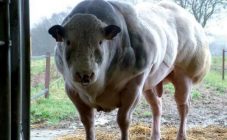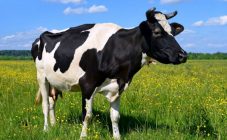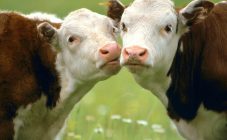Content:
Infertility is a pathological dysfunction of the organ system responsible for the ability to reproduce offspring. In the agricultural industry, this phenomenon is defined by the term "barrenness" - this is how you can answer the question often encountered among novice livestock breeders: what is a barn cow? Depending on the reversibility of the process, barrenness is subdivided into temporary and permanent. A problem such as barrenness in cows is a dysfunction of internal organs that is inherent only in female cattle.
Breeding and caring for cows
The cow is a herd species representative of cattle, which is why several individuals must be purchased at once for breeding in a household. In the summer, cows must graze on the paddock. For the winter period, animals are placed in a warm room with constant lighting. Even in winter, cows need to be walked, with the exception of days when the air temperature is below -15 ° C.
However, the air temperature in the barn should not exceed + 20 ° C. This is due to the fact that being in damp conditions, as well as excessive heat, contribute to the occurrence of milk problems, as well as slowdown in weight gain.
There should be no drafts inside the barn. The best option would be to create a system of opening windows, subject to a 1.3-meter distance from the floor surface.
A cow's diet includes the following components:
- hay;
- ready-made feed;
- seasonal vegetables;
- seed mixture;
- herbs;
- linseed cake;
- oats;
- sunflower cake;
- fodder beet;
- carrot;
- potato tubers;
- corn.
On average, an animal consumes 10 kilograms of hay per day.
It is recommended to add carbamide to the feed, which has a positive effect on the stomach.
Definition of "barrenness"
The word "barnyard" has an ancient Russian origin. In dictionaries, this name is translated as "barren". Many livestock breeders are also interested in what they call a cow that does not give milk. In folk speech, this term was preferred to be called forage. All these definitions refer to females who are not suitable for reproduction of offspring and do not have productivity, due to the inability to produce milk. The most obvious indicator of cow barrenness is the refusal of the female to mate.
The process of bringing in a new herd should be carried out throughout the life of the cow. If, after a three-month period, the female is not ready to breed the next herd, then, most likely, in the near future she will be unable to produce milk. Older animals are deprived of this function due to health conditions.
If barrenness is not a genetic disorder, then there is an opportunity to cure the problem. Temporary manifestations are treatable with proper care and veterinary medication. An accurate diagnosis can be made by conducting a complete examination, as well as observing the behavior of an individual for two months.
Causes of the barrenness of the female
The problem of infertility in cattle is quite widespread. The reason for the presence of this ailment may be a deterioration in the quality of the feed ration or an emerging or congenital disease. Failure to address the problem in a timely manner can lead to the fact that the heifer can completely lose the ability to reproduce a new herd. Only a meat product - beef - can be obtained from such a cow.
For the normal functioning of all systems of internal organs, a cow must receive vitamins and a certain amount of minerals. If the mating carried out did not give any results, this may also be the reason for the deficiency of vitamins necessary for the successful implementation of this process.
In the winter season, the percentage of this pathology in cattle increases significantly. Since in conditions of stall keeping, the number of animal walks is minimized, the animal does not have the opportunity to regularly eat greens, herbs and other fresh vegetation. With an excess of feed, which has a coarse consistency, a violation of the metabolic processes of the gastrointestinal tract occurs, which leads to the loss of the ability to carry. With a lack of food, the function of the endocrine system is disrupted, which can also lead to gynecological diseases.
A disturbed diet, in which there is a deficiency of proteins with an excess of sugars, can also cause complications. The animal should consume about 90 grams of these substances per day. The negative consequences of overeating are manifested in the deformation of the composition of the tissues of the internal glands. Another reason is the reluctance of the livestock to continue the race due to the herd living in adverse conditions of a damp, dirty or stuffy barn.
In addition, infertility can be triggered by early mating, which is already pregnant, but the animal's rather small organism does not tolerate well, which leads to a reluctance to reproduce a new livestock. Also, the reason may be the deformation of the internal organs necessary to carry out this process.
Sometimes barrenness occurs due to the fault of the farmers themselves, who improperly treated the animal.
Veterinarian advice
Professional livestock breeders and veterinarians recommend preventing the problem under consideration every year. First of all, livestock should be kept in a good barn, free of drafts, and the air humidity level is at a normal level. It is also necessary to change the litter in a timely manner and provide a balanced diet.
It is recommended to hold sanitation days annually and call a professional veterinarian who should conduct a thorough examination. When a problem is identified, the doctor prescribes hormonal drugs. The pet owner must administer the medication following the instructions and recommendations of the veterinarian.
Sometimes, an attempt to milk a female can be successful. However, farmers who have succeeded in achieving a positive result speak of a low productivity that a dairy cow has, as well as a decrease in the quality indicator of milk, the taste of which becomes bitter and salty, which makes the dairy product unsuitable for consumption.
To solve this problem, a competent feed ration should be drawn up, in which a number of mandatory components must be included:
- cake;
- various types of cereals;
- meal;
- assorted juicy root vegetables;
- salted molasses enriched with phosphorus compounds.
Among other things, the milkmaid must have the necessary skills and also observe a hygiene regime.During milking, any deformation of the animal's organs should be avoided, as well as negative effects on its mental state. That is, you should not allow fear or any other manifestation of anxiety of the animal.
In this material, a frequently asked question was revealed in detail: what is the name of a cow that does not give milk. The problem of cow barrenness is quite common among cattle. It should also be noted that a sterile animal is a source of significant losses for its owner, and not a source of income, which is why most animals with such a pathology are suitable exclusively for slaughter. However, if the animal is provided with certain living conditions and fed with medicinal components, there is a possibility of getting rid of this disruption of the internal organs.
